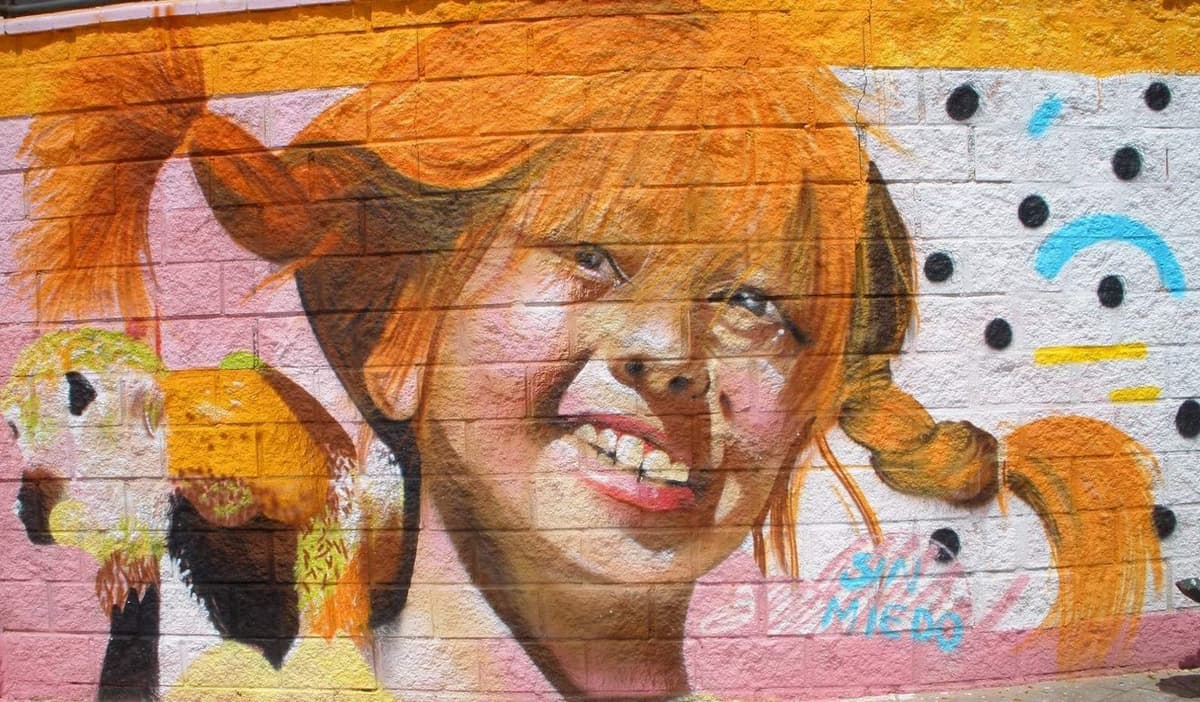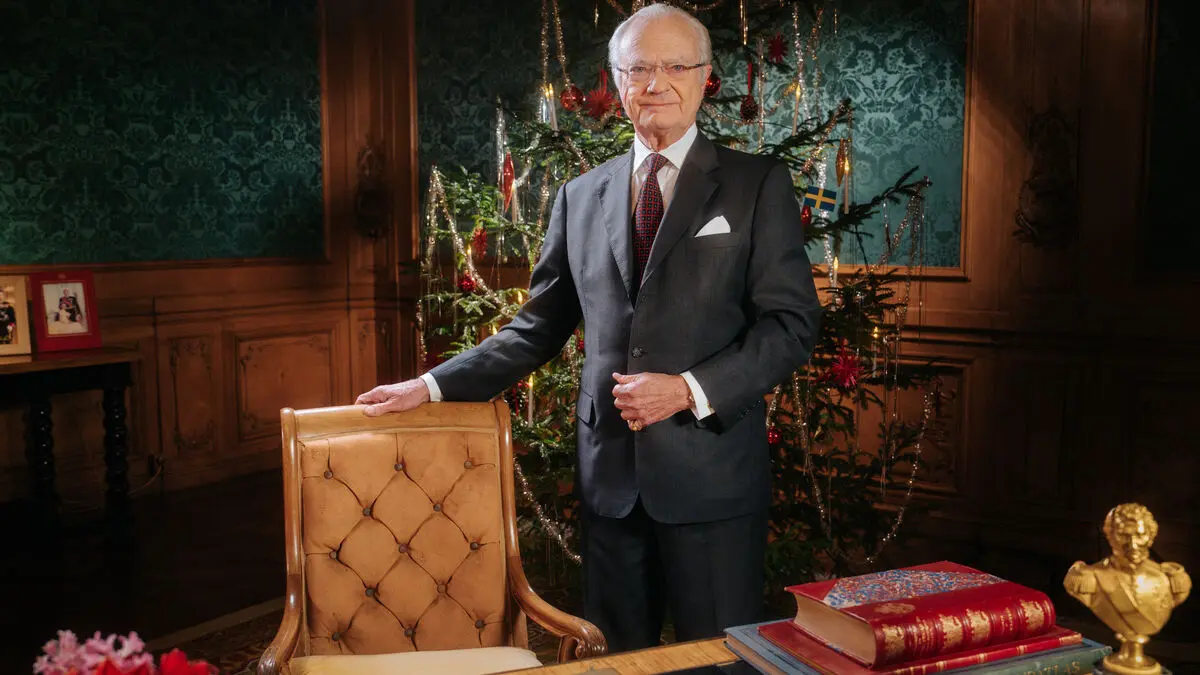Pippi Longstocking arrived on the scene Pippi as a character emerged during the winter of 1941, a challenging time with World War II. Pippi represents kindness, generosity, and humor, contrasting with the horrors of the war that were happening at the time.
The name Pippi Longstocking was inspired by the book "Daddy-Long-Legs" by Jean Webster, which was a popular book in the Lindgren family. It was then that seven-year-old daughter Karin asked her mother Astrid to tell her about Pippi.
The stories about Pippi Longstocking
The stories about Pippi took shape In the winter of 1944, Astrid Lindgren fell and injured her foot, and to pass the time, she wrote the story of Pippi Longstocking for her 10-year-old daughter Karin as a birthday present. At the same time, Astrid tried to get the story of Pippi published by a publishing house. The inspiration for Pippi's red hair and freckles came from one of Karin's classmates, Sonja, who was always the wildest at children's parties. Inspiration also came from another red-haired, parentless girl, Anne of Green Gables which was one of Astrid's favorite books.
Astrid Lindgren's debut 1944
Astrid Lindgren's made debut as writer in 1944 after coming second place in a Rabén & Sjögren writing competition with the novel: "Britt-Mari lättar sitt hjärta". Later in 1945 Rabén & Sjögren published the stories with Pippi Longstocking and one of Sweden's most welll known fictional figures was born.
Pippi Longstocking's strong character
Pippi is described as the world's strongest girl and went against traditional notions of women's weakness and dependence. Pippi showed independence, kindness, and enormous physical strength, challenging prejudices. Pippi Longstocking has an anti-authoritarian attitude, where she challenges adults' rules and wants to decide for herself. At the time the book was published, it was a sensation, as children had previously been portrayed as obedient and subordinate to adults and their authority.
Pippi, a true feminist?
Pippi's attitude can be seen as an expression of early feminist resistance against strict hierarchies and control. Pippi is economically independent and not dependent on anyone, and can be adventurous and freely explore the world. This independence was not common for female characters at the time the stories were written, and one can say that it is an early feminist resistance against hierarchies and control. Pippi Longstocking challenges how a girl should behave and dress, and doesn't care about norms, even playing games traditionally liked by boys.
Pippi Longstocking TV series and film
The TV series about Pippi Longstocking was released on Swedish TV in 1969, where Pippi Longstocking was played by Inger Nilsson. The TV series quickly became very popular, and Inger Nilsson is still closely associated with that role. An American film was made in 1988 called The New Adventures of Pippi Longstocking where Tami Erin played the lead role as Pippi





